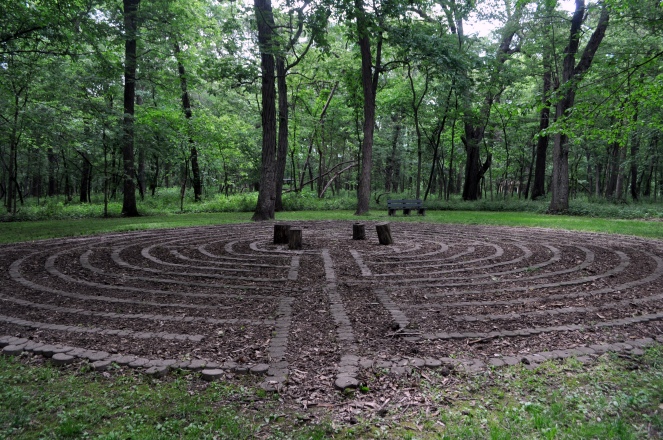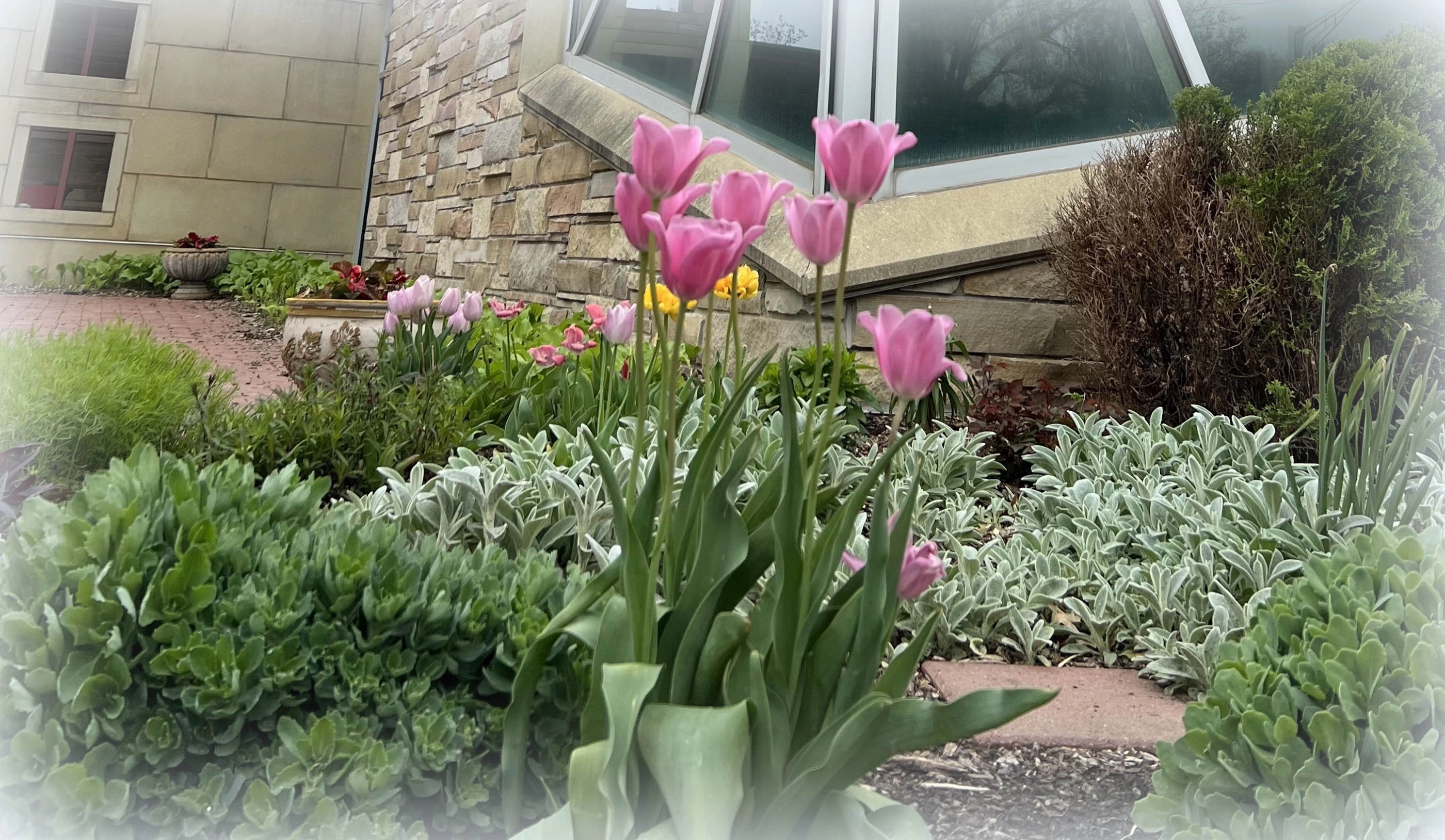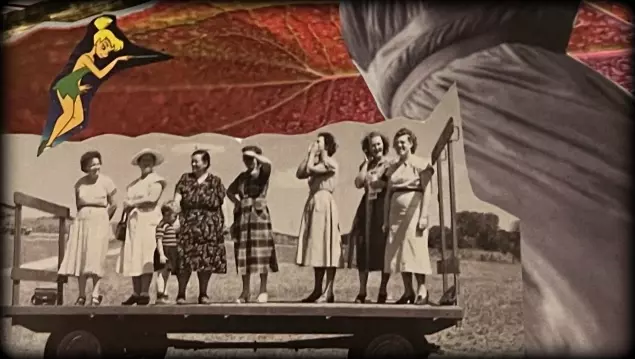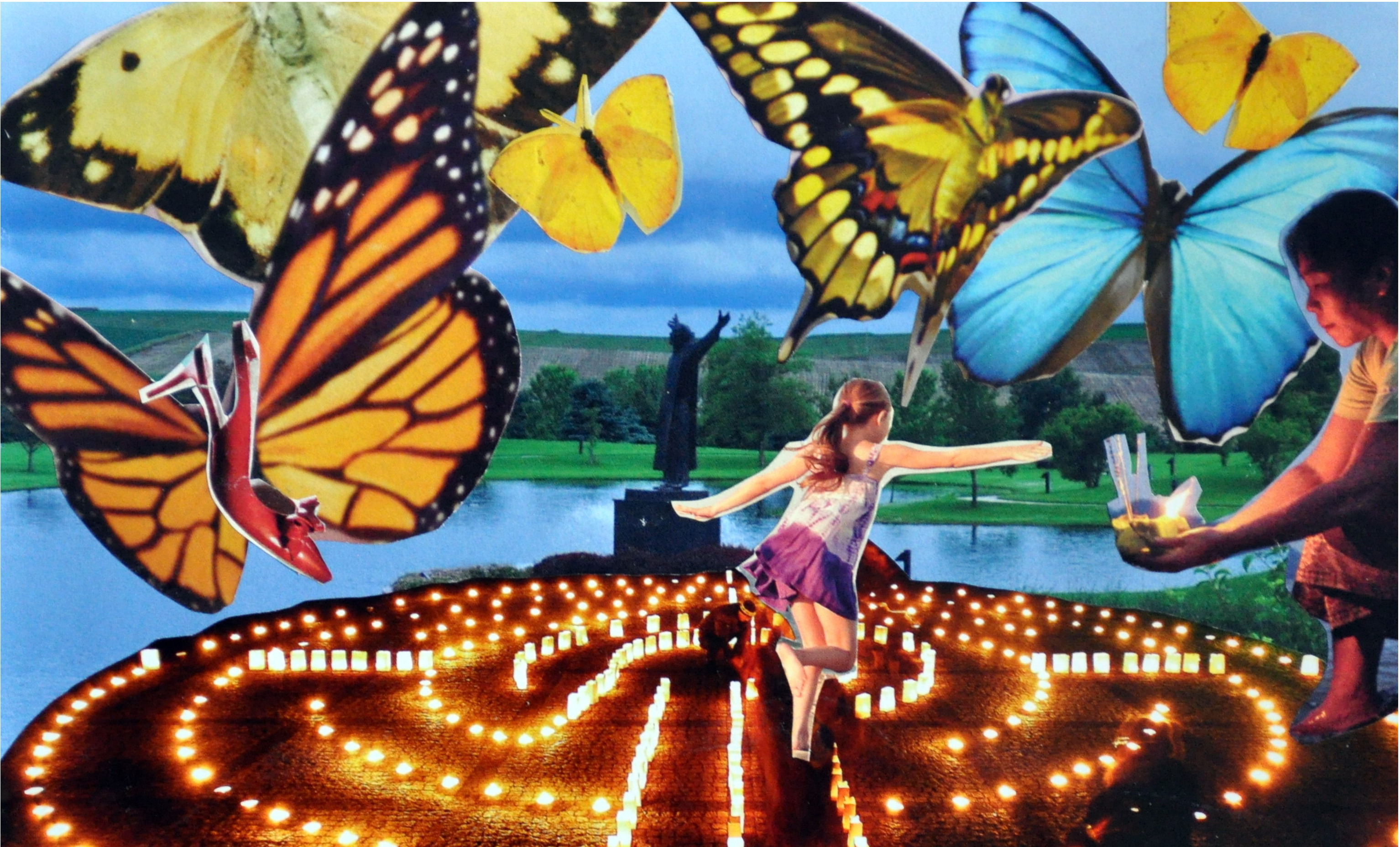“There are hundreds of ways to kneel and kiss the ground.” –Rumi
There are many ways to pray—in song, spoken or written words, silence, creativity, nature, and movement, just to mention a few. Paul recommends to “pray without ceasing” (1 Thessalonians 5:17), which is only possible if we are able to connect with our Creator in a variety of ways. We are meant to engage our senses, our whole bodies, in prayer.
I’ve come to appreciate this about the Catholic Mass, even if visitors might think there is a lot of up and down. We genuflect, sit, stand, kneel, and bow. These gestures, postures, or movement help to bring our whole being into prayerful expression—raising our hands when saying the “Our Father”, making the sign of the cross or receiving the Eucharist allows us to use our bodies in prayer.
 In addition, walking the stations of the cross or a labyrinth, taking a nature hike, or practicing yoga or tai chi are prayerful forms of movement that engage our bodies while quieting our mind. Going away on retreat is an opportunity to explore and practice various forms of prayer.
In addition, walking the stations of the cross or a labyrinth, taking a nature hike, or practicing yoga or tai chi are prayerful forms of movement that engage our bodies while quieting our mind. Going away on retreat is an opportunity to explore and practice various forms of prayer.

A few summers ago I had the opportunity to pray in many ways while attending an eight-day Ignatian retreat at the Creighton University Retreat Center. Each day, for about an hour, I met with a spiritual director to receive guidance and to share my faith journey; the remainder of the day was spent reflecting on these discussions and praying. One of the ways that I prayed was by walking a labyrinth.
“A labyrinth is not a maze. A maze is a symbol of life without meaning, it is an agent of confusion, deception with dead ends that lead you nowhere. But a labyrinth is a symbol of a life of deeper meaning, an on-going sacred journey leading us inward, outward and to greater wholeness.” –Carrie Newcomer
There is a clear design to a labyrinth with only one path to reach the center, albeit not direct, and the same path to walk from the center outwards. Bringing one’s prayer to the labyrinth helps engage the mind, body, and spirit.
“The labyrinth is an archetype, a divine imprint, found in all religious traditions in various forms around the world…Walking the labyrinth is a spiritual discipline that invites us to trust the path, to surrender to the many turns our lives take, and to walk through the confusion, the fear, the anger, and grief that we cannot avoid experiencing as we live our earthly lives.” Rev. Dr. Lauren Artress
Often before starting a labyrinth walk, I offer an intention, ask a question, or prayerfully surrender a situation to God. Sometimes I carry a SoulCollage® card with me as I journey towards the center. Because there is only one path inward, the mind can let go of how one arrives at the center. It is a certainty that I will get there eventually. I practice trusting that wherever God takes me, I will be led both inward to the center and back out. I can settle into a knowing that God is with me, that God accompanies.
This walk, or journey inward, is a metaphor for life—really all situations, relationships, and decisions are a journey. So often we don’t know where we are headed, even with the best of plans or intentions. With a labyrinth walk, one has the experience of letting go of their own plan—surrendering and trusting that the center will be reached. It is nearly impossible to rush through a labyrinth. Just imagine what that might look like at the turning points. It is actually dizzying to make the turns, circling around from one quadrant to another, if moving too fast. The best option for the labyrinth (and perhaps for all of life) is to move in a rhythmic, slow, meditative walk.
Despite the appearance of a dead-end or another switchback, the journey continues inward and will ultimately arrive at the center. The route isn’t always clear. I often wonder if I somehow lost my place. Am I just walking in circles? There may be a bit of anxiety, but trusting that the path is the right one brings freedom. If this can be transferred to our life’s journey, imagine what that freedom might be like! Wherever God takes me, whether I am led inward or back out, when I feel I’ve lost my way or the walk feels longer than it should, I am reminded that God holds the divine design to our personal journey.

When I arrive at the center of the labyrinth, I surrender my intention, rest and pray. Recently I learned the labyrinth in the Chartres Cathedral is situated where the womb of Mary would be if the cathedral itself symbolized the head, arms, and body of Mary (see Bishop Robert Barron’s description of the Chartres Cathedral and the image of Mary). It is a beautiful image to bring one’s prayer and concerns to the womb of Mary, surrendering into Jesus who surrendered for us. God makes our offering into something new; through our surrender, something in us can be birthed or transformed. The labyrinth, of course, is a symbol of this—we can surrender anytime. We are called to, as Jesus said, “Follow me”.

“Growth is a spiral process, doubling back on itself, reassessing and regrouping.”-Julia Cameron
The journey outward is a continued expression of the prayerful surrender. It occurred to me while walking outward that I was moving more quickly. I was in a bit of a hurry even. Almost as if to say “I surrender, but please, answer my prayer quickly” or “There, I did it! I surrender. Done!” I am aware that I prefer difficult situations to be “fixed” now. I want a resolution; I don’t want to wait for an answer or solution. I don’t want the pain of the journey. I want to get straight to the center and back out again. Of course, the hurrying really doesn’t work. Staying attentive and slowly walking the walk is the only way to stay in God’s presence, to truly surrender.
Walking the labyrinth brings new insights each time—about the process itself, as a metaphor for life’s journey, and about the situation in need of prayer. Praying while walking a labyrinth can be combined with many other forms of prayer as well.





May 3, 2020 at 1:24 pm
On Sat, May 2, 2020 at 11:00 PM Being Benedictine wrote:
> Jodi Blazek Gehr posted: ““There are hundreds of ways to kneel and kiss > the ground.” –Rumi There are many ways to pray—in song, spoken or written > words, silence, creativity, nature, and movement, just to mention a few. > Paul recommends to “pray without ceasing” (1 Thessalonians 5:” >
LikeLiked by 1 person
May 3, 2020 at 2:40 pm
Great post – I added a link to it on our website, under Praying with the Arts: https://christthekingpriory.com/visittoursarts.
LikeLiked by 1 person
May 3, 2020 at 7:52 pm
Thank you!!
LikeLike